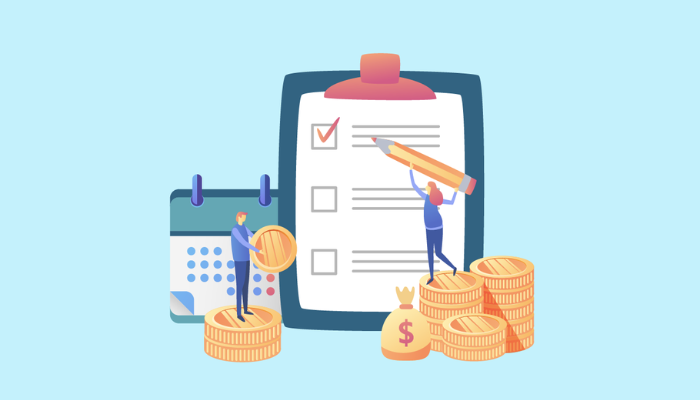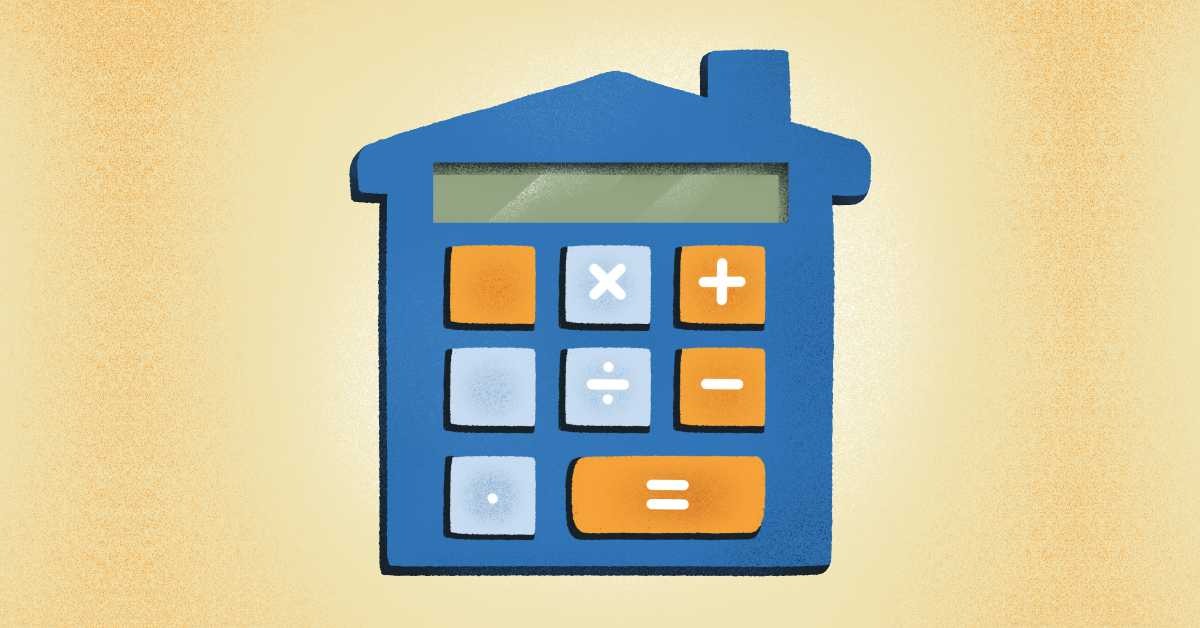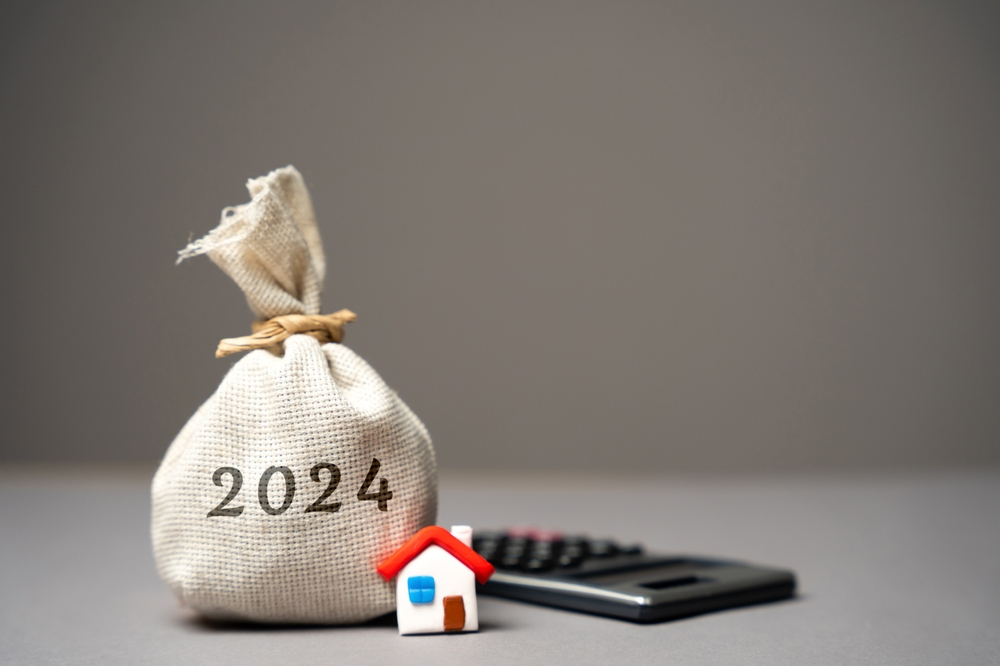A mortgage payment schedule, commonly referred to as an amortization schedule, is a blueprint defining the loan payback procedure. Your lender will lay out a plan that divides your mortgage into equal or almost equal monthly, weekly, or biweekly installments when you sign your mortgage contract. How do you choose the finest payment plan for you when you may, for the most part, negotiate the conditions of your mortgage contract?
Breaking Down Your Mortgage Payment Schedule
An exhaustive table of your regular loan payments, a mortgage payment schedule shows the breakdown of each payment until the loan is paid off as well as how much will have been paid and how much will still be owed at the end of the loan’s duration. These payments frequently all have the same magnitude and frequency.

There are two common forms of mortgage payments. The first has both principal and interest, while the second just has interest.
Your capital is split into two categories each time you make a mortgage payment under the first option: principal and interest. This is frequently referred to as a payment for P&I. It could be necessary to make a separate payment for external expenses like property taxes or homeowner’s insurance.
The borrower in the second scenario just makes interest payments, with no principal paid off before the end of the period. Normally, this only occurs with private mortgage lenders.
The “P” principal in the P&I payment option stands in for the remaining balance of your initial loan. It does not account for any additional costs. The remaining portion of your payment is used to pay interest. The cost of borrowing money, or even better, the lender’s gross profit, can be viewed as interest.
To ensure profitability, most lenders seek to recoup their investments as quickly as feasible. As a result, the payments you made during the early days of that period will be allocated in favor of the interest category depending on your amortization term. The payment breakdown will gradually change towards bigger principal payments as you keep up with your payments and your lender begins to pay more of the cost of financing your loan, raising your equity over time.
As a result, you won’t notice much of a decrease in your amount when you first start making payments. However, as your amortization time draws to a close, you’ll notice that each payment has a far greater impact on the loan’s actual principal repayment.
The most advantageous financial course of action can be determined with the aid of a mortgage payment schedule. You will pay less interest overall throughout the course of your loan if you increase the size of your payments and cut down on the number of installments. You can determine the most profitable amount and frequency for your installments by creating a mortgage payment schedule.
Different Types of Mortgage Payment Schedules
Making the best mortgage payment schedule choice might be challenging. There are numerous things to think about. For instance, it can be alluring to decide on a plan that calls for little monthly payments over a longer period of time. Longer plans, however, result in higher long-term interest costs. If you want to pay off your mortgage entirely, this implies it will take longer.
Start with a standard program and experiment with the variables until you discover your ideal circumstances to compare various mortgage payment plans. Change the amount and frequency of the payments, or experiment with other interest rates. Investigate the effects of various amortization times as well.
Using this method, you can calculate the total savings generated by choosing one repayment method above another.
How to Speed Up Your Mortgage Payment Schedule
A few clauses in your contract may be subject to negotiation with your lender if you want to shorten the time between mortgage payments. This will help ensure that your loan meets your demands. A handful of the modifications you might ask for are listed below:
Cut Your Amortization Period
Your mortgage deal frequently specifies your amortization period. It represents the time required to complete your P&I payments and pay off your loan in full. By raising the amount or frequency of your payments, you can reduce the length of your amortization period. In the long term, a quick amortization period will lower your interest costs.
If aiming for a shorter amortization period, your best bet is to ensure your preferred terms are outlined in your contract.
However, many lenders do permit some types of accelerated payments, such as lump sum annual payments up to a certain percent of the total loan amount, or double-up monthly payments. Most lenders do not allow you to shorten your amortization period too much halfway through your repayment plan because they lose out on previously promised interest. To find out your choices for prepayment, talk to your mortgage broker.
Make a Larger Down Payment
The more money you put down, the less money you have to borrow. A smaller mortgage will always be easier to pay off and speed up.
Consider Your Interest Rates
You frequently have an option between a fixed vs variable interest rate when taking out a mortgage.
When you sign a contract for a fixed-rate mortgage, the market rate is locked in and will be used during the whole amortization period. You may be protected by this mortgage type from the consequences of rising interest rates.
Variable-rate mortgages, on the other hand, will continuously adjust their interest rates to reflect the market. You will suffer if rates increase, but you will gain if rates fall.
Your ability to repay your loan more quickly and easily depends on your interest rate. You should select the interest rate you believe will be most beneficial in the long run.








